Charting New Waters: Navigating the Highlights of 2025 boot Düsseldorf
When one of our product design clients, Barton Marine, invited me to come along with them to boot Düsseldorf, one of the world’s premier yacht and watersports show, I jumped at the chance. Over 200,000 visitors attend annually at this huge event, which takes place over 16 exhibition halls with more than 1,500 companies showcasing their latest innovative product launches.
Key Takeaways from My First Visit to boot Düsseldorf
My first visit to boot Düsseldorf was both fantastic and enlightening. As a newcomer to the show, I was blown away by the innovation, design, and sheer scale of the maritime industry on display. It wasn’t just about boats – it was about the future of boating and marine technology. Here are my key takeaways and learnings from the experience:
1. The Rise of Electric Outboards
One of the most exciting trends I observed was the emergence of more mainstream electric outboards, particularly aimed at the smaller boat market. As electric motors become more compact, they are providing designers with more freedom to innovate. This has led to more dynamic, cutting-edge design languages in the outboard motor space. Notable standouts were Tohatsu’s electric options and race engine specialists Ilmor’s ION range. These electric outboards are setting the stage for a greener, more sustainable future in boating.
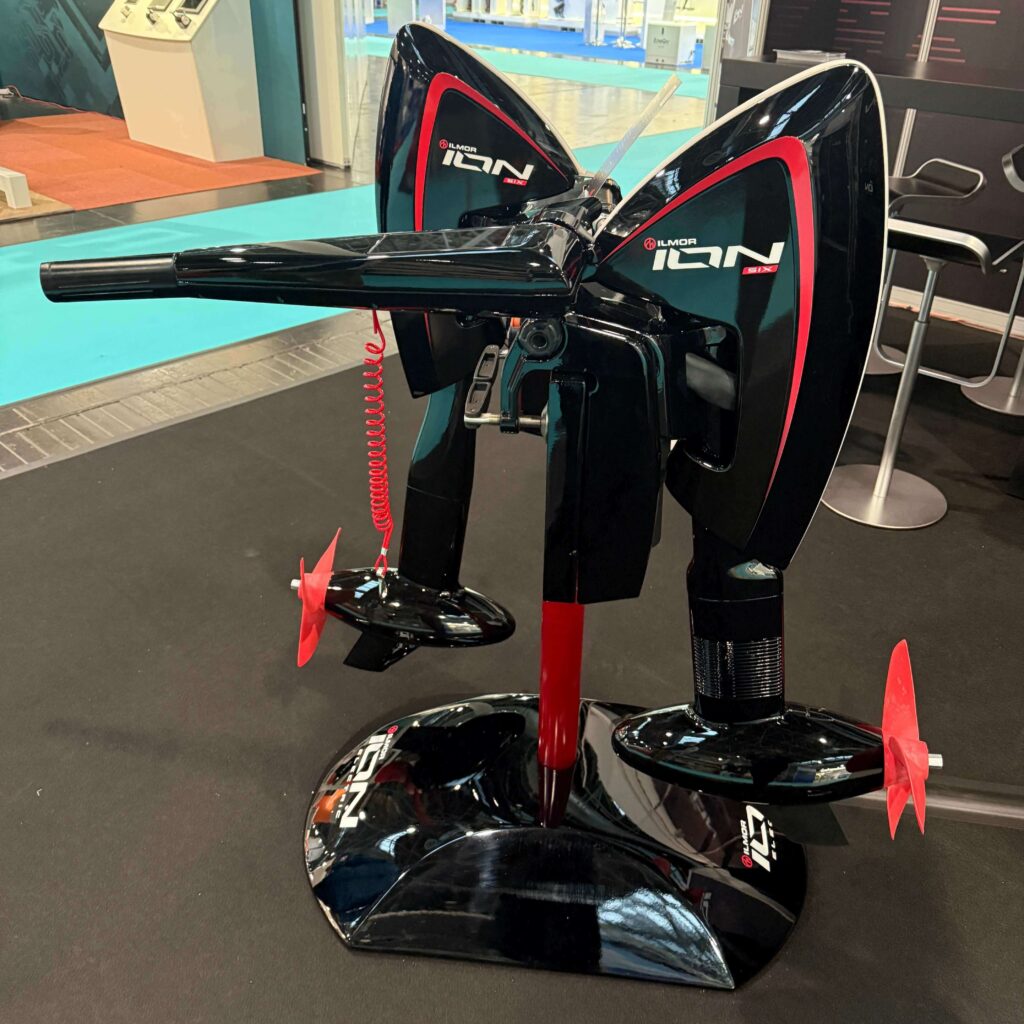
2. Sailing Boats Are Sexy Again!
Sailing boats are making a stylish comeback! I was particularly impressed by the Flaar 24, a sailing yacht that boasts a fully composite construction. It’s designed with sleek, race-inspired lines that give it an athletic yet elegant look. The best part? This boat can be both raced or cruised, making it versatile for any sailing enthusiast. It’s clear that the design world is embracing more streamlined, performance-driven aesthetics in the sailing sector.
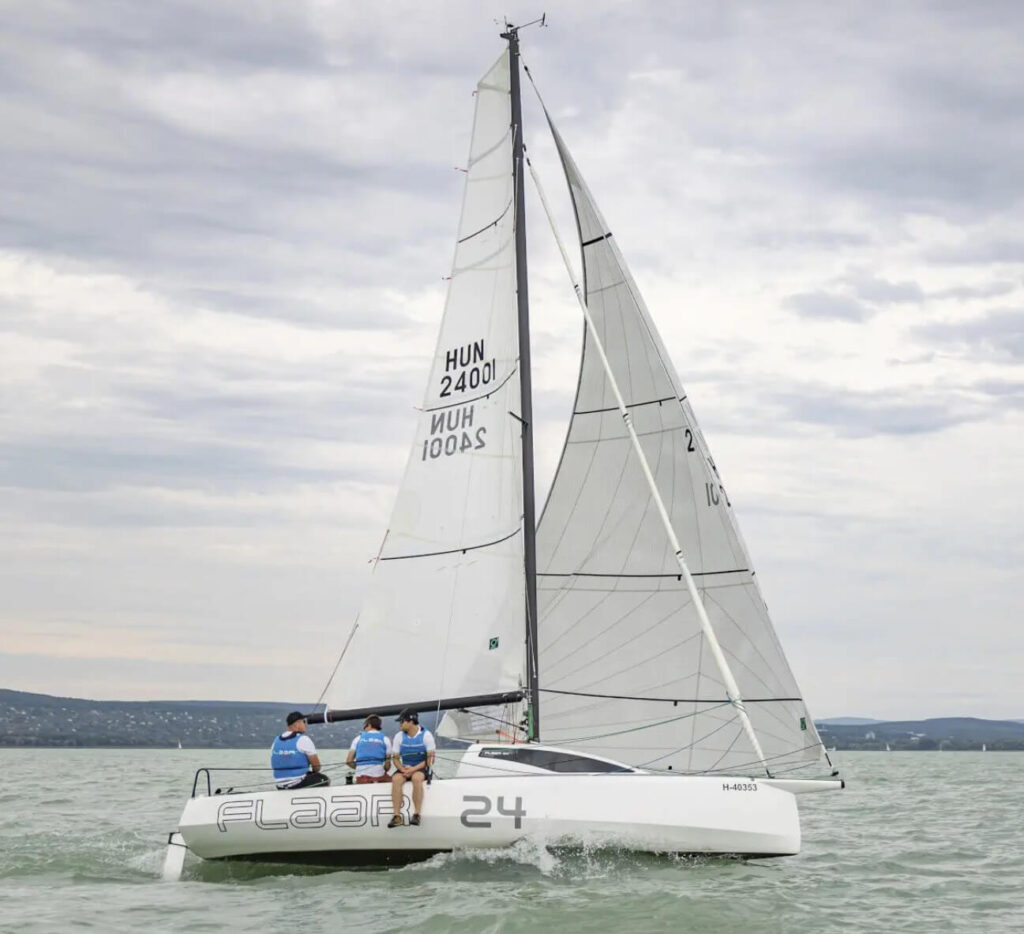
3. High-Tech Rigging
Another area that has seen significant innovation is rigging. High-tech components—such as those using 3D printing and Formula 1 technology—are making their way into the higher-end market. A prime example is the Barton Marine Furler system, designed by Cornelius Creative, which was launched late last year. The incorporation of cutting-edge technologies into rigging systems is revolutionising how boats are equipped and how efficiently they perform.
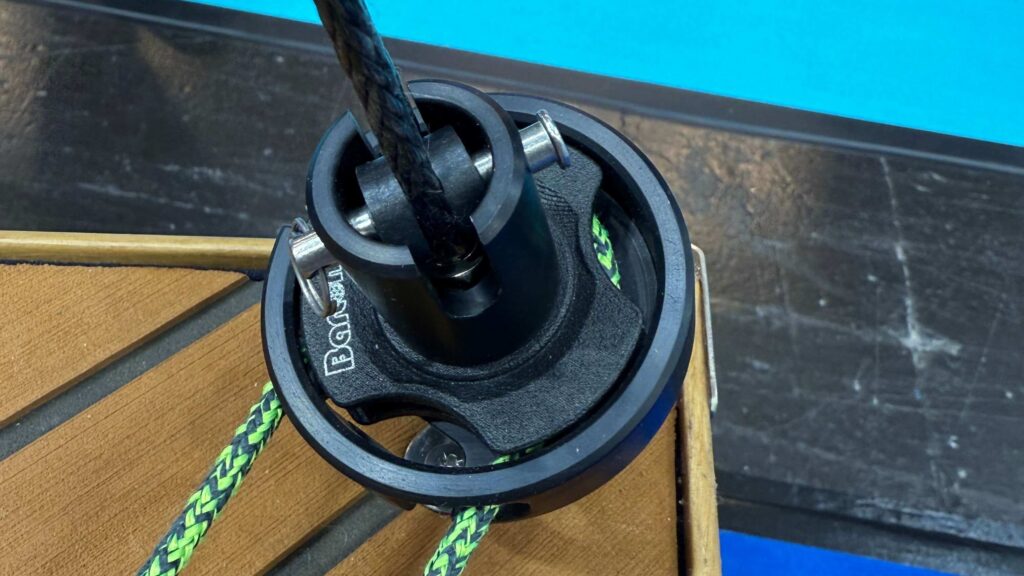
4. Multi-Use RIB Boats
The popularity of multi-use RIB (Rigid Inflatable Boat) boats has soared. These versatile boats are now equipped for a range of activities including cruising, fishing, camping, and even extreme sports. The ability to use one boat for multiple purposes is making them a top choice for adventure seekers and families alike.
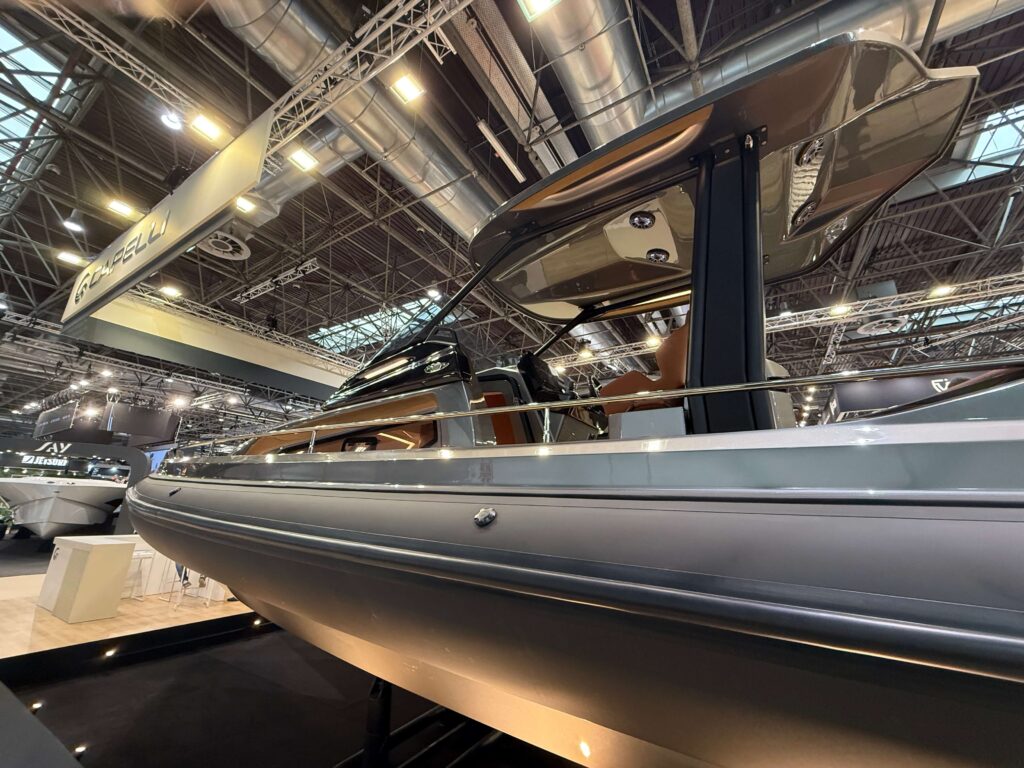
5. Brand Collaborations Bring Excitement
I also noticed a strong trend of cross-industry brand collaborations that are producing some truly stunning product designs. Automotive brands like Porsche, Brabus, and ABT have partnered with boat manufacturers to create eye-catching vessels that combine the best of both industries. These collaborations are clearly drawing crowds and elevating boat design to new heights.

6. The Reality of Yacht Design: Size Over Elegance
One trend that stood out in the yacht sector was the shift in design driven by berthing rules. To maximise interior space, naval architects are making yachts with wider, more stunted bows. While these boats may offer more usable space inside, they do sacrifice some of the traditional, elegant lines that many people associate with luxury yachts.
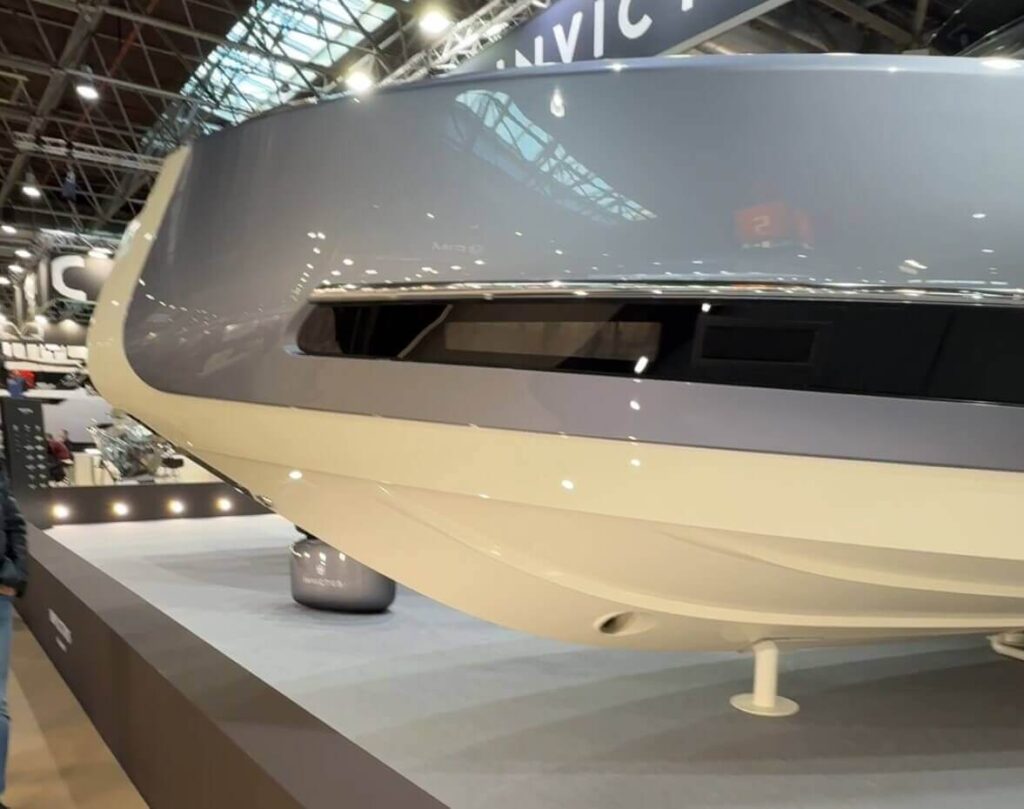
7. Superyachts Are in a League of Their Own
Finally, it became evident that superyachts are truly out of reach for the mainstream. The grandeur of these vessels was undeniable, but I quickly realised that these behemoths are reserved for an elite clientele. So much so that I couldn’t even get on one to take a closer look! It was a reminder of the exclusivity of the superyacht market and how it caters to a very select group of individuals.
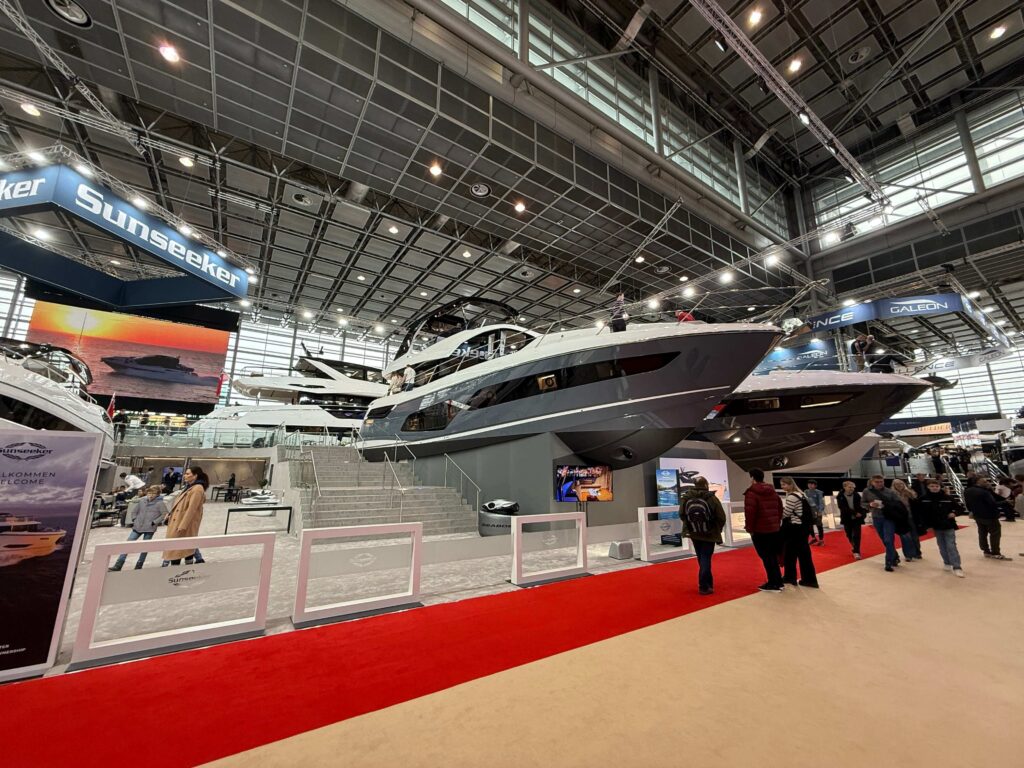
Conclusion
Boot Düsseldorf was a great experience, offering a glimpse into the future of boating and the incredible innovations happening within the industry. From electric outboards to cutting-edge rigging systems and sleek sailing yachts, it’s clear that it’s an exciting period in maritime innovation. I look forward to seeing where these maritime product trends will take us in the years to come.
Hungry for more?
Recent Posts
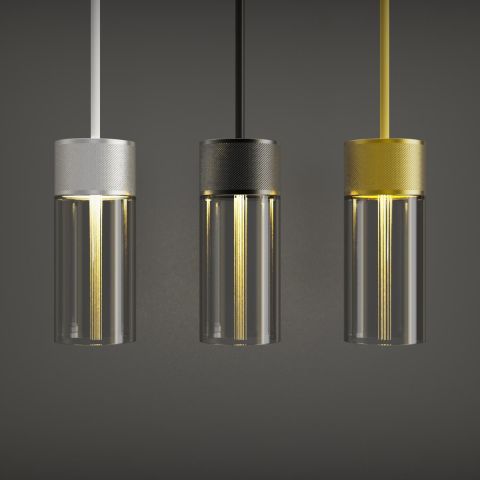
What are the Differences Between Traditional Photography and CGI?
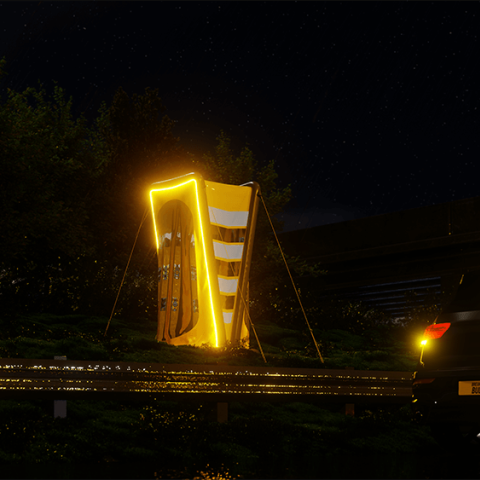
Introducing Breakdown Buddy: A New Era of Roadside Safety

Using Customer Pain Points to Drive Product Innovation
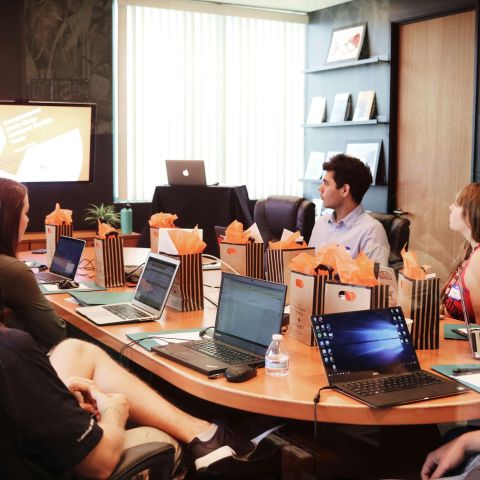
The Rise of Fractional Work, and How It Could Transform Your Company
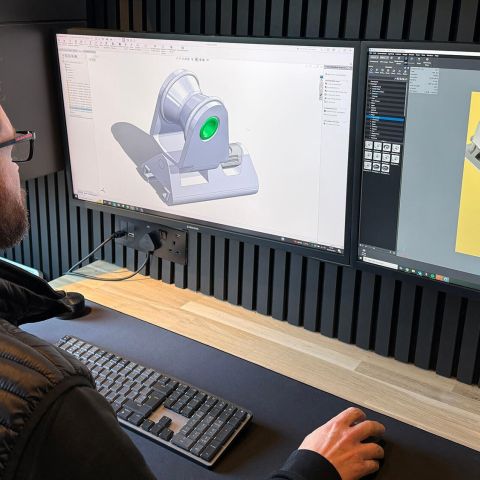
SolidWorks: The Secret to our Product Design Success

How to Patent an Idea in the UK
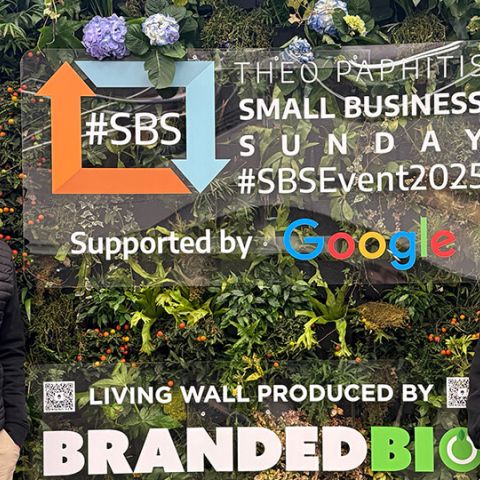
SBS Event 2025: Our Exciting Key Takeaways from Birmingham

Why We Changed Our Company Values
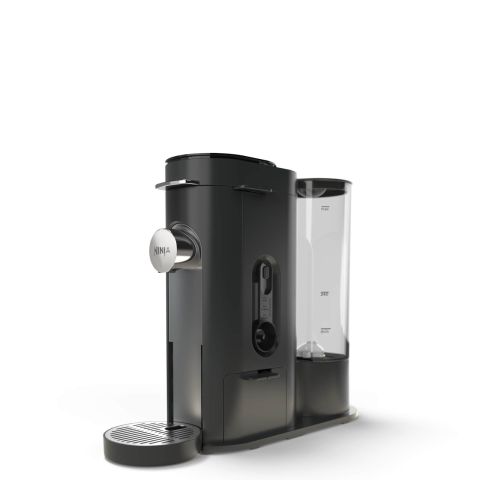
The Power of Visuals: How Computer-Generated Images Drive Product Sales

